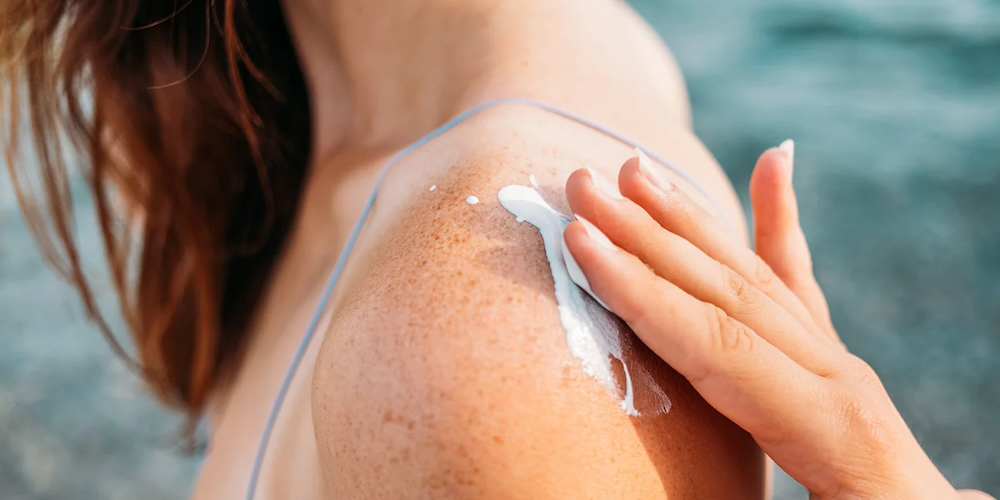User Rating: 5 / 5
After surviving cosmic rays and extreme temperatures for eighteen months in space, an organism first identified by NASA decades ago is now improving sunscreen and anti-aging products. Bacillus Lysate, which actually contains no live bacteria, is a skin care additive derived from Bacillus pumilus SAFR-032, a bacteria identified by NASA in the late 1990s. The bacteria were found in a so-called clean room at NASA's Jet Propulsion Laboratory in Southern California, where spacecraft for Mars were assembled.
The microbe emerged because it survived extensive decontamination work by the Biotechnology and Planetary Protection Group, which aims to prevent pollution of the planet. “If you're going to search for life on other planets, you'd better not bring microbes with you as hitchhikers,” says Kasturi Venkateswaran, a senior research scientist at JPL, explaining why the space agency is going to such lengths. Spacecraft decontamination. Venkateswaran identified Bacillus pumilus SAFR-032 in 1999.
This microbe eventually made its way into space when astronauts placed it outside the International Space Station for 18 months in a highly controlled study. Venkateswaran and his team then conducted extensive analyzes on them, resulting in about 30 publications over two decades. The organism, which can thrive in extreme conditions, is resistant to hydrogen peroxide, ultraviolet radiation, and gamma rays. In fact, it is one of the most resilient microbes known. The NASA team patented the bacteria based on its potential utility in medicine, sunscreens, and research in keeping clean spaces clean, and once Bacillus pumilus SAFR-032 is removed from space, almost everything else is clean, too. NASA and the California Institute of Technology, which runs JPL, licensed the object to Liberty Biosecurity, based in Worcester, Massachusetts, a company previously recognized by the space agency for its work on reducing radiation during long-duration space missions.
Initially, the company thought Bacillus pumilus SAFR-032 could be incorporated into fabrics or perhaps coatings to add resistance to radiation. The company analyzed Venkateswaran's research and conducted its own research and determined that an organism's ability to absorb UVA and UVB rays could be of greater value in skin care.
“That's what stops the sunscreen, right?” said Kyle Landry, who helped Liberty Biosecurity create skincare-focused Delavie Sciences LLC, where he now serves as chairman. Delavie Sciences, also based in Worcester, developed Bacillus Lysate using an extract of the organism that Venkateswaran found at JPL. “UVA and UVB rays are associated with skin damage,” Landry said. “They've been linked to sun damage, sun spots, wrinkles and other health problems. So we thought, let's see if we can improve our sunscreen by adding Bacillus Lysate.”
The company registered Bacillus Lysate as an ingredient for use in cosmetics after conducting safety, efficacy and stability tests. Delavie Sciences now mass-produces Bacillus Lysate and sells it as a SPF-enhancing additive to sunscreen products. The company has also started its own line of face and eye creams – Aeonia Age Defying Serum and Aeonia Eye Refresh. “We were able to expand Venkate's research and move from the laboratory to the real world,” Landry said, referring to NASA's Venkateswaran, who agreed. “We're just doing basic science and applying it to NASA missions,” Venkateswaran said. “Then we need to reach out to companies like Delavie Sciences that are stepping up and doing their own research to deliver something to people on Earth.”
source: NASA

“Total coffee specialist. Hardcore reader. Incurable music scholar. Web guru. Freelance troublemaker. Problem solver. Travel trailblazer.”







More Stories
GALA lacks a chapter on e-health
Weird beer can taste really good.
Planets contain much more water than previously thought